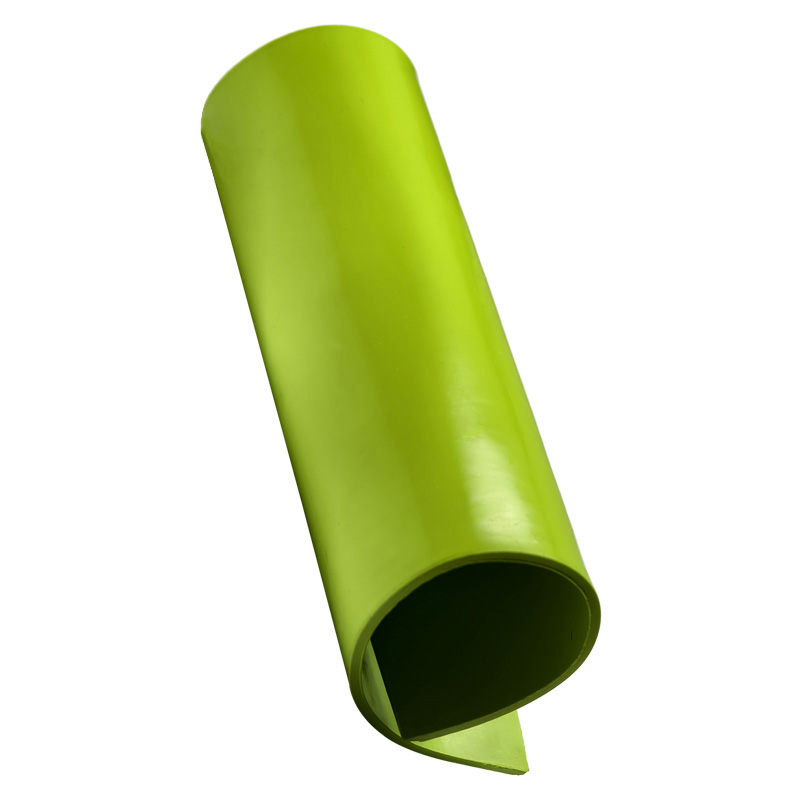Rubber Industry Develops Sustainable Solution for Waste Tire Recycling
2024-07-05
The rubber industry has long struggled with finding sustainable solutions for waste tire disposal. However, recent advancements in technology have led to the development of new processes that can efficiently and effectively recycle waste tires, reducing the strain on landfills and providing valuable raw materials for new products.
According to the International Rubber Study Group (IRSG), the world produces over 1 billion tires each year, and around 80% of these eventually become waste. This has resulted in a growing problem of tire stockpiles and illegal dumping, which can lead to environmental pollution and pose a fire risk.
Traditionally, waste tires have been recycled through a process known as "tire-derived fuel" (TDF), where whole tires are shredded and used as fuel in cement kilns or other industrial processes. However, this process has limitations, as it does not effectively recover the valuable raw materials contained within the tires.
Today, the rubber industry is exploring new avenues for waste tire recycling that can recover both rubber and steel, and produce high-quality materials for new products. One promising technology is called "pyrolysis," where tires are heated in the absence of oxygen to break down the rubber into its constituent chemicals. The resulting oil can be used as a fuel, while the solid residue can be further processed to recover steel and carbon black, a valuable material used in rubber manufacturing.

Pyrolysis is just one of several technologies being developed for sustainable waste tire recycling. Other processes include "devulcanization," where waste tire rubber is treated with chemicals to break down the cross-linking bonds that give it its unique properties, allowing it to be recovered and reused. There are also efforts underway to develop new synthetic rubber compounds that can incorporate waste tire rubber as a raw material.
These advancements are being driven by a growing awareness of the need for sustainable waste management practices and a circular economy approach, where raw materials are recovered and reused instead of being discarded. The rubber industry is playing a key role in this transition, working to develop new technologies and processes that can create value from materials that were previously considered waste.
However, challenges remain, particularly in the cost-effectiveness of these new recycling methods. Many of these technologies require significant upfront investment, and the recycled materials may not always be cost-competitive with new raw materials. Additionally, regulatory barriers and lack of infrastructure in some regions can inhibit the growth and adoption of sustainable waste tire recycling practices.
Despite these challenges, the rubber industry is optimistic about the potential of sustainable waste tire recycling to provide valuable raw materials and reduce the environmental impact of tire waste. By leveraging new technologies and investing in research and development, the industry may be able to create a more sustainable and circular model of production and waste management.





